Research
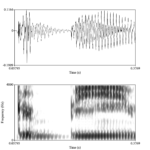 |
How do perceptual difficulties affect learning to produce non-native onset clusters?
A series of studies have demonstrated that speakers can improve their production of non-native onset clusters after a structured speech motor training (Cheng and Buchwald, 2021; Buchwald et al., 2019). However, the overall magnitude of improvement was small. This highlights the need to examine factors that facilitate or interfere the early-stage learning of non-native clusters. One potential source of interference lies in the perceptual difficulties that we have with non-native clusters. My dissertation work aims to examine the effect of perceptual difficulties on non-native cluster learning from both linguistic and sensorimotor control perspectives. |
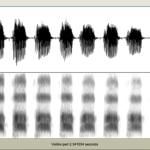 |
What are the individual predictors of non-native cluster learning?
High individual variability in the magnitude of non-native cluster learning has been consistently observed. However, the extent to which individual differences in perception, production, and other cognitive abilities account for different degree of learning success remains incompletely understood. This project aims to explore individual factors that are associated with individual variability in learning to produce non-native clusters.
|
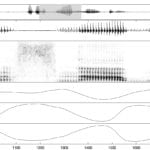 |
What is the speech motor coordination in non-native onset cluster production?
While it can be challenging for speakers to produce non-native onset clusters during initial attempts, previous studies have shown that American English speakers were able to produce phonotactically illegal fricative-nasal clusters (i.e., /fn/, /fm/) with high production accuracy analyzed in acoustics. However, it remains unclear whether these accurately produced clusters are produced with a similar speech motor coordination pattern to that of legal fricative-nasal clusters (i.e., /sn/, /sm/). In collaboration with Drs. Matthew Masapollo (University of Florida), Christina Hagedorn (College of Stanten Island, CUNY), and Adam Buchwald, we aim to address this question using electromagnetic articulography (EMA). The preliminary results of this project were presented at 2020 International Speech Production Seminar. |
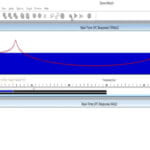 |
What is the mechanism of explicit sensorimotor adaptation for speech using visual-acoustic biofeedback technology? Feedback perturbation paradigm has been widely used to study the roles of feedforward and feedback control in speech sensorimotor adaptation. While speakers are not aware of the alteration applied to their sensory feedback, they are able to adapt to this mismatch between the predicted sensory feedback and the actual sensory feedback. This adaptation process has been characterized as implicit adaptation in the literature and the adaptation is driven by the sensory prediction errors. In contrast, Klaus et al. (2019) recreated the logic of the feedback perturbation paradigm in the context of visual-acoustic biofeedback. The participants were asked to say the word “head” while matching the F1 of their EH vowel, as seen in a real-time display of formant frequencies to a target shown on the screen. The location of the visual-acoustic target was set to be ambiguous at the speakers’ own F1 midpoint between their EH and AE vowels. Given that the adaptation is driven by the task errors, this has been characterized as explicit adaptation. In collaboration with Drs. Tara McAllister, Caroline Niziolek (University of Wisconsin at Madison), and Adam Buchwald, this project aims to further explore the roles of sensory feedback on explicit sensorimotor adaptation and identify individual predictors of the individual variability in the performance in matching the shifted visual-acoustic target. |
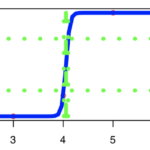 |
How is speech sound processing affected by task differences? In collaboration with Drs. Susannah Levi and Elle O’Brien (University of Michigan), this project examines whether listeners process a speech continuum differently when receive different types of response labels. |
